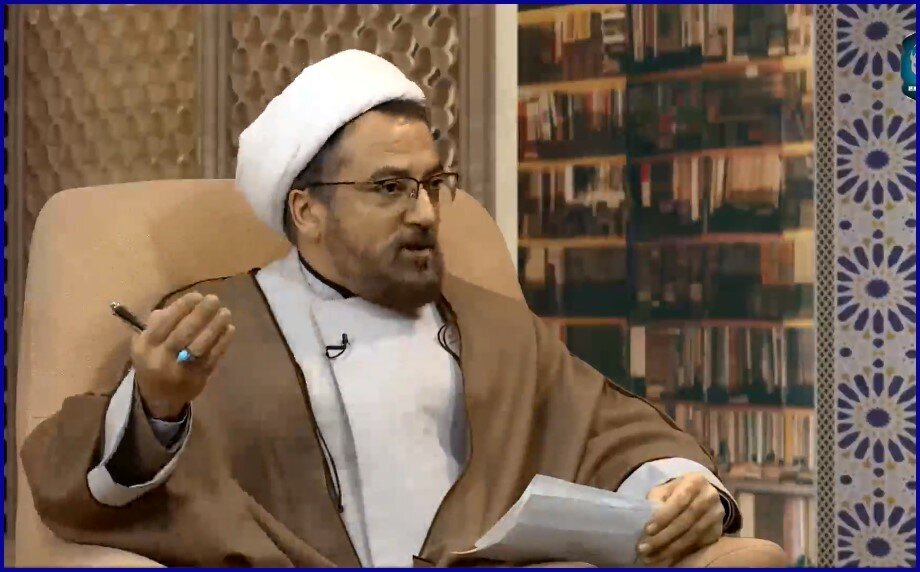In an interview with Hawzah News’ correspondent, Hujjat al-Islam Mohammad Malekzadeh emphasized the need to explain the historical and scientific heritage of the Islamic seminary on the issue of governmental jurisprudence and its results in line with the construction of a new Islamic civilization.
He stated,” Given the growing need of today’s political, social, cultural and economic society for the seminary and the clergy on the one hand, and the increasing conspiracies of the enemies of the revolution and the clergy in the current situation on the other, it is essential to raise extensive discussions in this regard and provide information.”
The member of the academic board of the Islamic Culture and Thought Research Institute added,” It is necessary to pay attention to the practical results of the theory of the guardianship of the jurist over the past hundred years and the impact that this theory has had on the development of Shiite political jurisprudence.”
“It is also vital to pay attention to the position of Qom as the birthplace of the Islamic Revolution and the heart of the seminaries and its impact on the production of political, social, and cultural discourses as the most important civilizational ideas for the Islamic system after the victory of the Islamic Revolution, and to give this category serious attention.” He added.
The need to explain the social services of the clergy in society
Hujjat al-Islam Malekzadeh continued,” From religious and educational services in different regions of Iran to the effective presence of the clergy in crises and incidents in the country, it is one of the manifestations of the relationship between the seminary and the people that has always existed, but unfortunately, it has been less addressed, while these social services have always deepened the connection between the seminary and the people and have been one of the most important manifestations of popular clergy.”
A member of the faculty of the Islamic Culture and Thought Research Institute stated, “What is important is that this key issue must be explained correctly so that this function of the clergy in relation to social services is highlighted.”













